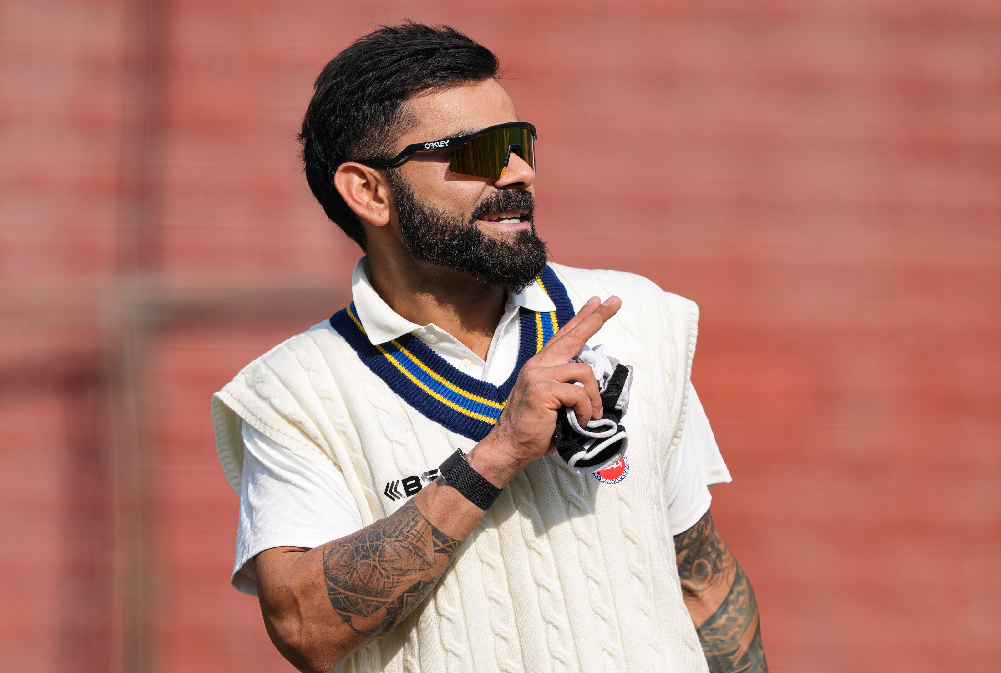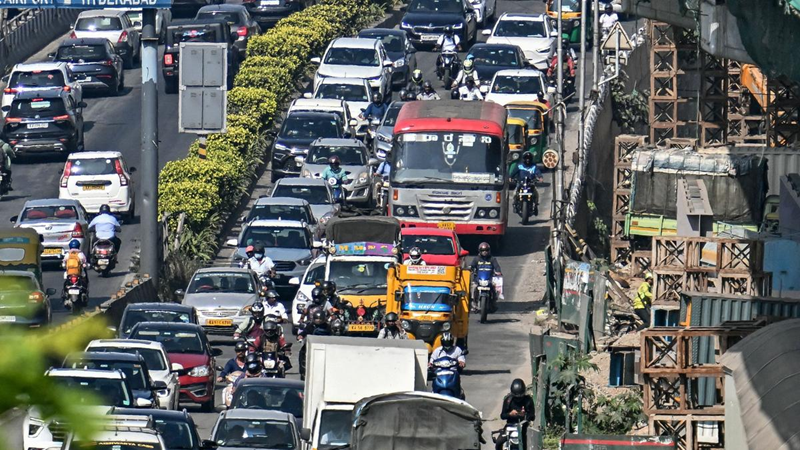
What Explains Assault on Bright & Politically Conscious Muslim Youth
On Saturday night the JNU students took out a procession within the campus to mark the seven years of enforced disappearance of Najeeb Ahmad.
The speeches at the culmination of the procession only reaffirmed my perception that the lives of Muslim youth do not matter much to the establishment.
Najeeb was a first-year Biotechnology student of JNU. He was reported to have gone missing on October 15, 2026.
His disappearance was preceded by an act of brutal violence by the members of the Hindutva-affiliated students’ organisation. According to eyewitnesses, dozens of students associated with Hindutva outfits brutally beat Najeeb and made him bleed from his mouth and nose.
Najeeb’s incident, as many argue, shares many features of the Dadri incident. In 2015, a mob, led by Hindutva forces, lynched and killed 52-year-old Mohammad Akhlaq Saifi of Dadri district (UP).
Much in the same way a gang of 20-30 members of Hindutva outfits brutally assaulted Najeeb. Since then, he has been missing. But Najeeb is not alone or unique.
In the same JNU, Sharjeel Imam and Umar Khalid were also targeted. Both have spent thousands of days in Jail under the UAPA charges.
But unlike the police case, Sharjeel and Umar Khalid are widely seen as bright students of JNU who believe in actionoriented education. While Umar was able to complete his PhD in modern history, Sharjeel Imam was sent to jail in the middle of his PhD.
Najeeb, although he could spend only a few months in JNU, was appreciated by his friends for his sharp mind. Meeran Haider is another bright student having done an engineering course from Jamia Millia Islamia.
His sharp political understanding helped him organise along with his other friends a big anti-CAA movement protest in Jamia. Continuing the secular legacy of Jamia, he was inclined towards a social justice political party from Bihar.
At the same time in Jamia during the anti-CAA protest, Safoora Zargar was doing sociology. During the movement, she was admired for her leadership qualities.
The active role of Safoora belied the stereotype that Muslim women do not have any political consciousness.
The activism of Safoora along with hundreds of Muslim women during the Shaheen Bagh demonstration showed that Muslim women were as much politically conscious as any other section of the society could claim to be.
But the majoritarian state, working under its anti-Muslim agendas, was adamant to slap the anti-terror law (UAPA) on the Muslim youths.
It is worrisome that the cases of UAPA have increased in recent years under the Hindutva regime, it is feared that Muslim youths are one of the worst victim groups of the state repression.
Particularly, Muslim youths, who are bright and politically conscious, are the target of the Hindutva forces. The communal assault on them may be the result of the fear from the politically conscious Muslim youths.
For the communal forces, politically aware Muslim youths may prove to be “ a threat” to “the interest of the majority community”. However, the fact is that these Muslim youths are not against the majority groups but against the politics of hate.
The communal forces wrongly believe that the dominance of the majority community can only be maintained if the minority community, particularly its youths, are kept illiterate and ignorant.
However, such an understanding can only weaken the nation and social fabric of the country. While the communal forces may accommodate a few educated youth from among the Muslims, they would expect them to behave as sycophants.
Those who dare to look into their eyes, are considered a threat. Anyone who raises a fundamental question about politics, economy and unjust social order, is silenced with severe punishment.
By an act of crackdown, the message is being sent that “do not dare challenge the status quo”. It appears that by punishing the bright students from the Muslim community, the ruling Hindutva forces are discouraging the community from sending its children to college and university.
While Muslim youths are underrepresented in higher education and public employment, their enrolment in higher education has further gone down. While the total number of enrolment of Muslim youth was 21.01 lakhs in 2019-20, it has declined to 19.22 lakhs in 2020- 21.
What are the reasons for the decline in number? Multiple reasons can be cited: the large share of Muslim community work in informal sectors, which were hit by the coronavirus pandemic; they remain mired in poverty and have very little access to financial resources; the fees are ever increasing in higher education and the Muslim youths face institutional discrimination.
The way the bright and politically consci
 English daily published in Bengaluru & Doha
English daily published in Bengaluru & Doha






